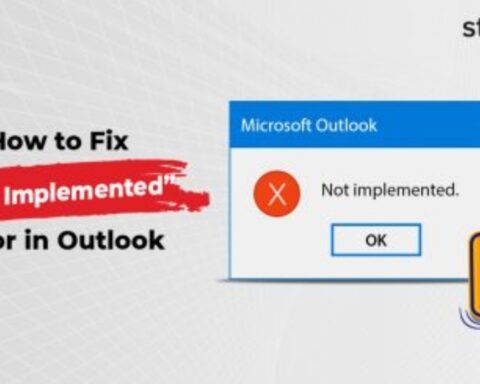When we talk about the future of electricity, we’re quick to dive into the exciting world of renewable sources, nuclear energy, and our transition away from fossil fuels. It’s no surprise – these are hot topics, critical in our battle against climate change and our quest for energy security. But according to Dr. Jose Luis Chavez Calva, expert in electricity and networks, there’s a critical part of this conversation that often gets left in the shadows – the humble transmission lines and associated infrastructure.
The Rising Demand & The Renewable Revolution
We’re stepping into an era of electrification and digitalization, which means our hunger for electricity is only going to grow. This growth means we’ll need more transmission lines to carry this power to our homes, businesses, and industries. Plus, as we embrace the power of renewables, we’re met with a unique challenge. Solar and wind farms are typically located in remote areas, where the elements are in their favor. To bring this power to where it’s needed, we need robust, efficient transmission lines.
Keeping the Lights On: Reliability & Efficiency
Imagine the consequences of a blackout in today’s world. Our societies are so reliant on electricity that any power failure can lead to significant social and economic impacts. And that’s where transmission lines come in – they’re the backbone of our electricity supply, ensuring that power gets to where it’s needed. For Dr Jose, a modern, resilient infrastructure can withstand everything from natural disasters to fluctuations in power supply. Plus, with innovative technologies like High-Voltage Direct Current (HVDC) lines, we can reduce energy losses during transport and make our system more efficient.
Decentralization & The Smart Grid
The future of electricity isn’t just about the big players – it’s about local wind turbines, rooftop solar panels, and battery storage systems. But even with power being generated closer to home, we still need a sophisticated grid infrastructure. Our transmission lines need to handle power flowing in two directions, and our grid needs to be smart enough to manage a more decentralized and variable power supply.
Transmission Lines: The Path to Economic Growth & Social Equity
Investing in transmission infrastructure isn’t just about keeping the lights on – it’s a catalyst for economic growth. These projects create jobs, stimulate local economies, and can even lead to lower electricity prices through improved efficiency and access to cheaper power sources. Plus, they’re a critical tool in bridging the social equity gap. Many rural and remote communities lack access to reliable, affordable electricity. By extending transmission lines to these areas, we can connect them to the grid, improving their quality of life and opening up new economic opportunities.
Conclusion: Time to Shine a Light on Transmission Lines
As we imagine the future of electricity, we need to pay attention to the unsung heroes – the transmission lines that carry power from source to sink. According to Dr Jose Luis Chavez Calva, upgrading these lines and the associated infrastructure should be at the top of our priority list. The task is challenging, given the technical and regulatory complexities, but the benefits are undeniable. A reliable, efficient, flexible power system. Economic growth and job creation. Social equity. The time has come for policymakers, industry stakeholders, and all of us to work together to ensure our transmission infrastructure is ready to power our future.
Source: https://joseluischavezcalva.substack.com/p/the-unsung-priority-the-importance






